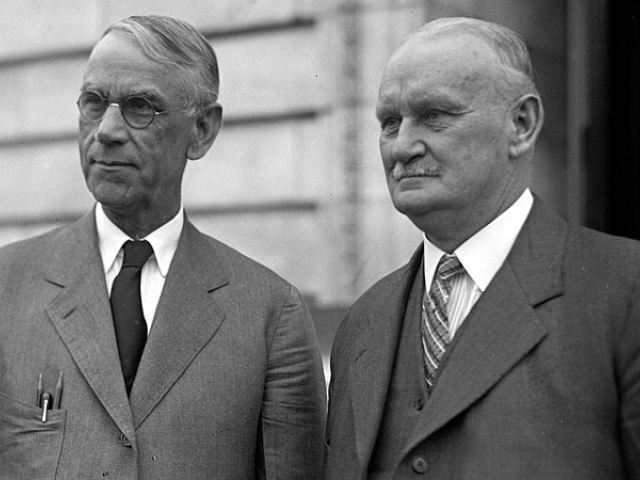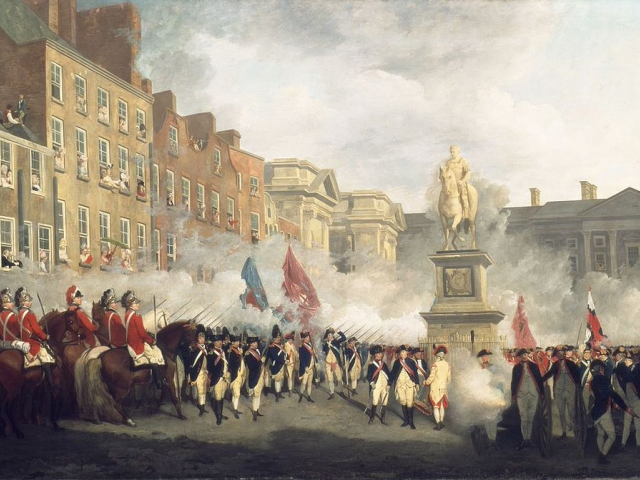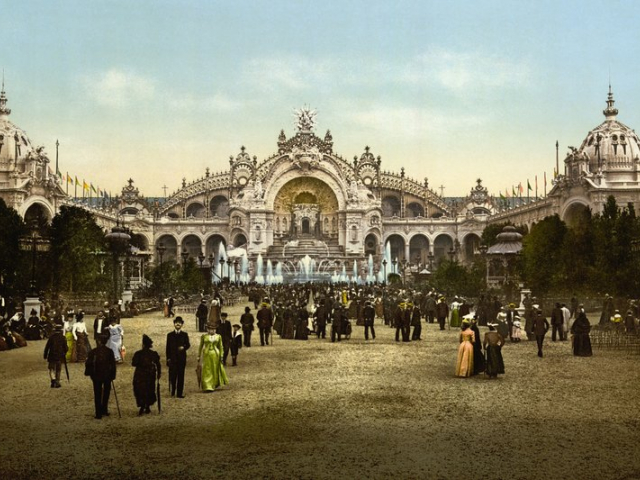
US-Canada trade war
The trade conflicts between the two countries occurred at the beginning of the 19th century. Back then, Canada became a competitor to the US in the global market. The country was a major timber exporter to The UK and the West Indies. It became a supply chain of English goods to the detriment of the US trading companies. Illegal trade with Canada paralyzed the US embargo on English products. In response, US authorities increased tariffs. The trade war between the United States and Canada had lasted for 75 years. The conflict ended only in 1994 when the NAFTA agreement was signed.

Smoot-Hawley Tariff Act
The Tariff Act was passed on June 17, 1930. The US raised tariffs on over 20,000 imported goods. In reverse, a number of states increased tariffs on American goods. The conflict had resulted in a sharp trade drop between the US and European countries. By that time the US had already plunged into the Great Depression. According to statistics, the US imports dropped by 66%, from $4.4 billion in 1929 to $1.5 billion in 1933. The US exports fell by 61%, from $5.4 billion to $2.1 billion seriously affecting the country's GDP.

Anglo-Irish Trade War
Experts consider the conflict between Ireland and the United Kingdom a punitive action. The trade war lasted from 1932 to 1938. The Irish Government refused to reimburse Britain with land annuities from financial loans granted to Irish tenant farmers by the English Government. The conflict reached its climax and both countries imposed a number of restrictions that seriously damaged the Irish economy.

Banana Wars
In 1993, Europe significantly increased tariffs on banana imports from Latin America. The conflict became known as the banana wars. Owners of banana plantations, mostly large American companies, had filed eight complaints with the WTO about the issue. The banana wars lasted for 20 years and ended up in 2012.

Méline tariff
The Méline tariff is considered to be a local conflict. The tariff, named after the lawyer Méline, is almost unknown outside of France. The dispute had put an end to free trade between the UK and France. The law was introduced in 1892 and established two types of tariffs. They were a maximum tariff on goods, which were not included in a special agreement between France and a producer country, and a minimum tariff on goods covered by the agreement. It all resulted in a trade war among several countries with minimum tariffs imposed on some of them.
 Deutsch
Deutsch 
 Русский
Русский English
English Bahasa Indonesia
Bahasa Indonesia Bahasa Malay
Bahasa Malay ไทย
ไทย Español
Español Български
Български Français
Français Tiếng Việt
Tiếng Việt 中文
中文 বাংলা
বাংলা हिन्दी
हिन्दी Čeština
Čeština Українська
Українська Română
Română
